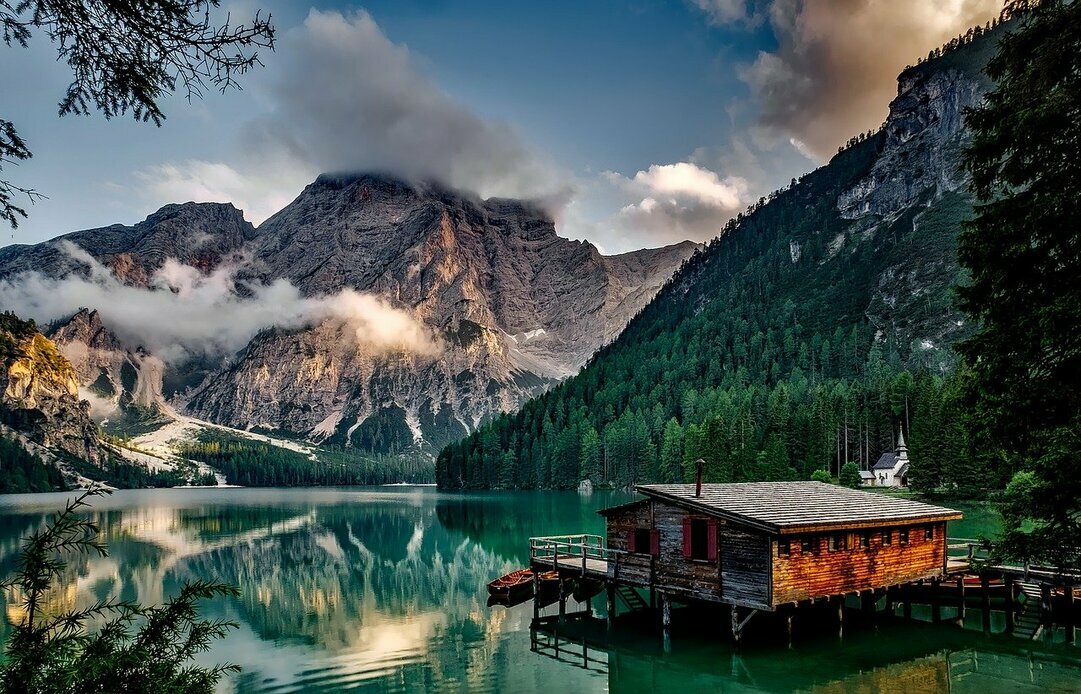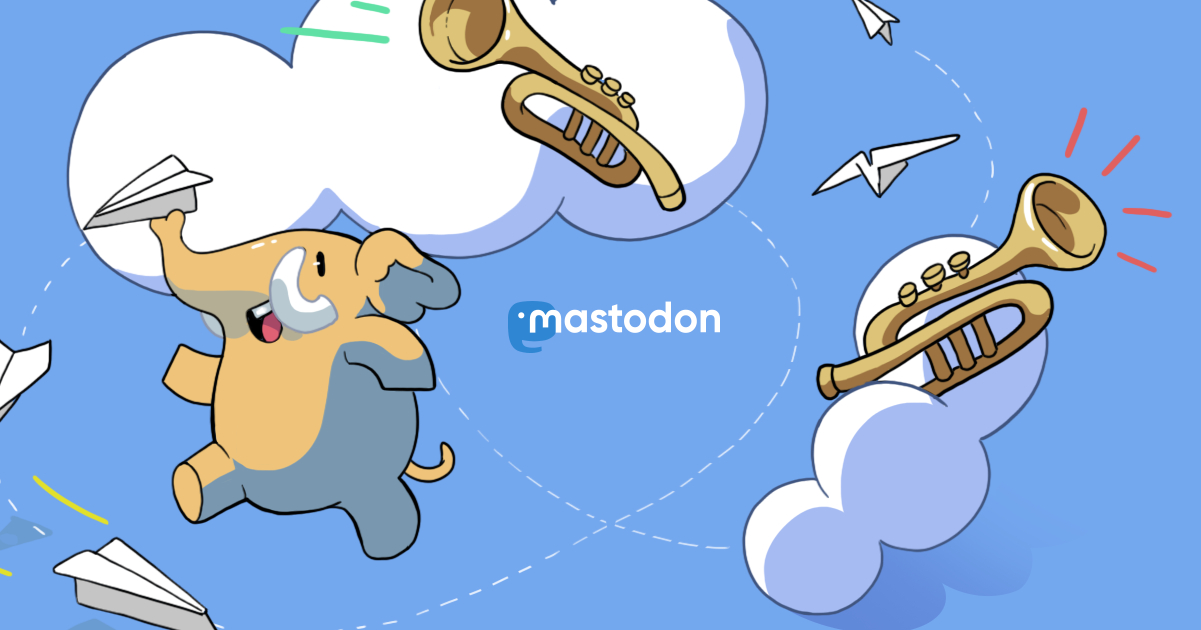
@sergey On our way to Grand Canyon we’ve stopped at Wupatki National Monument and apparently there were some prescribed forest fires, which was quite weird to see.
@sergey Our first stop was in Albuquerque, NM where we’ve spent day strolling around historical Old Town and museums. Then we’ve gone to Sandia Peak Tramway - longest aerial tram in Americas. Here is view from the top and Albuquerque at the bottom.
Quick and lazy run down on M101, just because of all of these clouds I could not shoot anything in April, unfortunately it was 80% of the moon, not a good thing to do in a very light polluted place. But I wanted to test my new tactics so bad that I decided to do it anyway against all the odds. Here is what I've got The Pinwheel Galaxy aka M101 shot with Cannon T3i, with 135mm lens at F/2.8 and ISO 100. 1 hour of total integration time #astropic
@sergey Then upon recommendation I've tried different approach. Forget about read noise from your camera, go after more photons. As long as you are able to overcome read noise with more data you are fine. So I've tested with ISO 100 and set lens to F/2.8 and was able to put 1min and 30sec of exposure in my Bortle 7-8 sky. Results are very different, less noise, more vibrant colors. This is pic of srar trails from Ursa Major, just 15 min of integration with just bias as callibration. [2/2]
It's galaxy season, so I had to do a shot of bunch of galaxies. M87 aka Virgo Galaxy with surrounded galaxies, there are a lot of them in this shot, so I won't name each one. Shot with Canon EOS T3i, 135mm lens at F/4 and ISO 800, total integration time around 1 hour and 20 min. #astropic
Finally clear night in a while, didn't waste a moment. Technically I wasted some time trying to get it into a frame, but it's a different story. Anyway here is M81 Bode's Galaxy, M82 Cigar Galaxy, Garland Galaxy and NGC 2976. Just one hour of integration with a really quick stacking. M81 and M82 shot with Canon T3i, 135mm at F/4 and ISO 800. Total integration time bit less than an hour. #astropic
Earlier this month we had a moment when cloud went away and you can see Jupiter and Venus really close together. Unfortunately I didn't have time to setup my gear as it was a very short lived event, so I took a photo with my phone. #astropic
I managed to shoot 2 targets(actually way more than 2) last night, problem is that not the one I planned. Here are M44 aka Beehive Cluster on one image and M46 and M47 along with Collinder 155 and Collinder 156 on another. Shot with Canon EOS T3i, 135mm lens at F/4 and ISO 800. Total integration for M44 is about 40 min, M47 is about 10 min. #astropic
There was glimpse of clear sky yesterday and I've decided to spend some time, taking 3 subjects in one shot: Monkey Head Nebula (NGC 2174), Jelly Fish Nebula (IC 443) and M35 star cluster from my Bortle 8. They form a triangle on this picture. This is first rough draft shot with Canon T3i, 135mm, 50 min total integration. #astropic
Given all the talks about balloons and other unknown objects being shoot down over US air space, here is something I've spotted back in September past year. What that is? I've dismissed it as balloon carried out by wind, however it hovered for a while in one spot and disappeared quite fast, so I have no idea what it was.
It's been a n interesting challenge to hunt C/2023 E3 ZTF comet, especially with the weather here lately. This was my first attempt to shoot and process comet and to make matters worse it was quite rainy on days when it was closest. First day I miscalculated position completely and missed it, second day I was closer catching it on the edge on my frame, third day was a charm perfectly centered as it was aligned with Capella. Shot with Canon EOS T3i, 135mm, F4 , 83min(int. time). #astropic
Once icemagedon was over and sky became clear I've been chasing Green Comet aka C/2022 E3 ZTF with 135mm lens, using charts assuming where it can be. On a second night I was able to get it on the edge of the frame of just 10 lights x 20sec sub-exposures, before clouds rolled in. It suppose to become clear tomorrow, I'll continue that quest hoping to get more as it comes close(visually) to star called Capella. #astropic
I thought to myself what if I try to reprocess data that I took during my first attempt. Here is what I've got. Same 5 lights that I took 6 month ago, same tools for processing, but 6 month later I actually knew what I was doing. Bottom line I missed MilkyWay core, only got a bit on the bottom left side on my picture. #astropic
Here is my most recent attempt to capture M42. I could say that I am finally happy with this image, of course it was taken under Bortle 8 sky, that's the limitation. M42 shot with Canon EOS T3i, 135mm, F4, ISO 800, 20sec sub-exposures with total integration time 77min. #astropic
Decided to take couple short of M42 last night after my attempt to shoot M33 ended abruptly due to a roof top entering picture. So difference is really stark this is just 5 min of integration and you already see many details. So I am going to return back to my favorite target Orion for next session as it high enough and nicely located in my heavy light polluted area. M42 shot using Canon EOS T3i, 135mm, F4, ISO 800. #astropic
I've tried shooting out M33 last night, and understood how faint it is. Everything worked against was shooting towards light polluted area, it was not too high above horizon and half way towards my session I tumbled upon rooftop of my house. So here what I got with 20-ish min of total integration time, not much(small smudge towards middle). M33 shot using Canon EOS T3i, 135mm, F4, ISO 800. #astropic
Caph - lone star. I was going to shoot NGC 7822 but missed big time and as a result the only object worth noting is star Caph 54.7 light years away. #astropic
